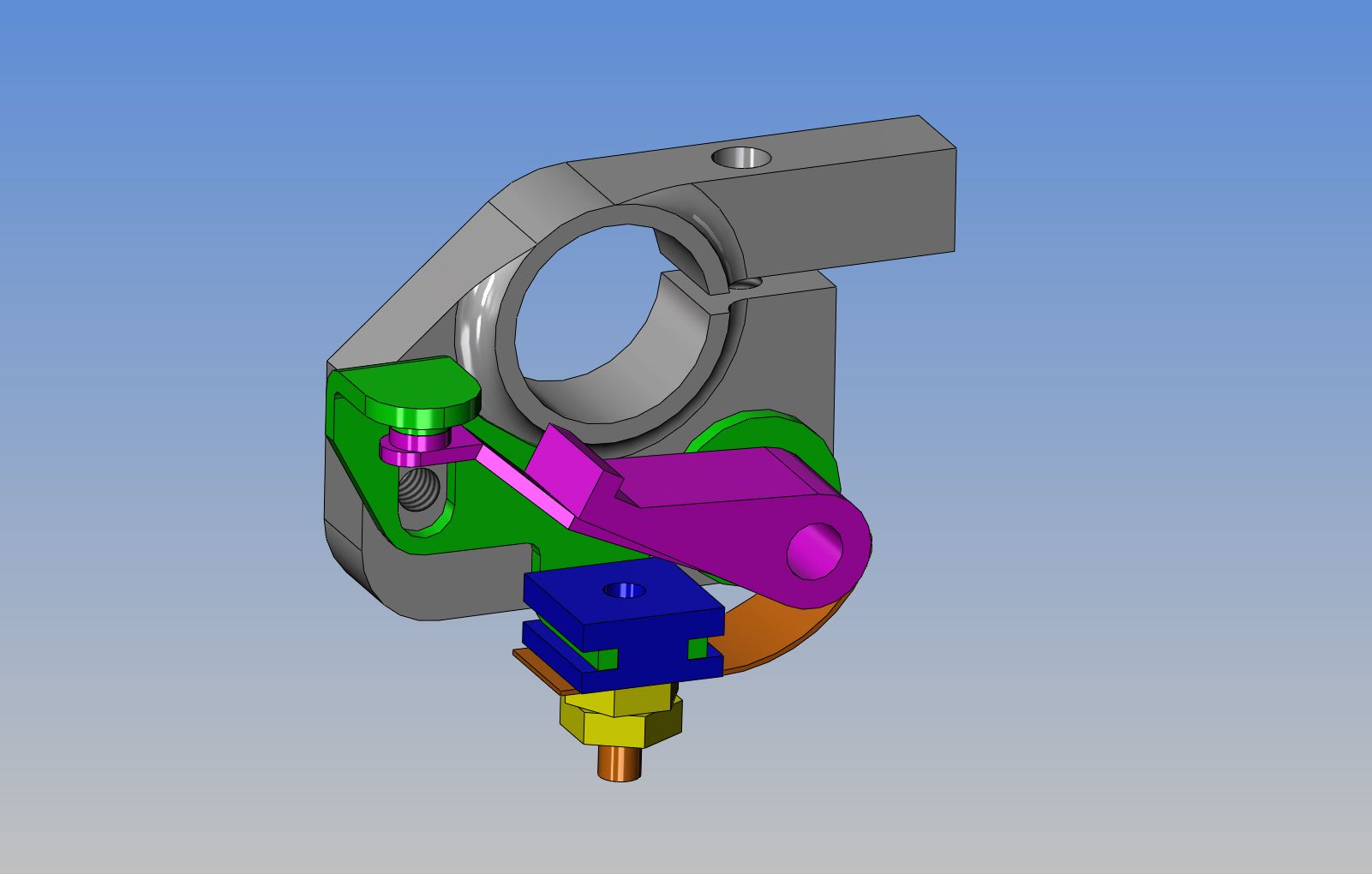This was my first ever attempt at running cast iron rings. The cylinder is cast iron, and the piston was cast iron. the rings were purchased from a reputable comppany in Texas, and they were visually perfect. I checked the ring gap in the cylinder, and it was perfect. The ring grooves I machined in the piston were as perfect as someone with 5 years machining experience, good machines, and a very good understanding of all things mechanical/technical could make them. The cylinder bore was drilled to withing .030" of full size, then reamed to size with a straight flute machine reamer in the lathe. Then it was rough honed with a spring loaded brake cylinder hone and very light machine oil to take out any large machining marks. Then it was lapped with an aluminum lap .001 to .002" smaller than the bore, using 600 lapping compound with the lap locked in the lathe turning at 115 rpm while the cylinder was held by hand and worked back and forth on the lap as it was turning for about 2 to 3 minutes. the cylinder was then flushed with laquer thinners and warm water and soap to remove any traces of lapping compound. The piston was an air tight fit in the cylinder. That is to say, it would fall thru the cylinder under its own weight, but when a coating of light oil was applied, one finger held over the end bore would stop the pistons movement because of the air trapped ahead of it. Thats about as good a fit as you can get. Why did the rings leak? I have no idea. The gaps were arranged at 180 degrees to one another. The piston with rings installed was at first terribly stiff in the bore of the cylinder, even when coated with light oil. After a 1 hour run im period on the lathe, using light oil during the whole breaking in process, the piston freed up to the point where it could be moved in the cylinder by rotating the crankshaft by hand. After I decided that the rings were not going to hold compression for me, I did some forensic examination. The rings were uniformly shiny all except for one area on the side of the top ring which was not as shiny as the rest of the ring. To a lesser extent there was the same "not quite so worn" area on the second ring, but on the opposite side. Perhaps, on a much longer run in perios the rings would have worn in more uniformly and sealed 100%. I don't know. This was my maiden trial with cast iron rings, and I won't use them again. Thousands have used them succesfully. Hundreds have used them and got the same poor results I did. When I put in the new piston I made yesterday morning with a 1/16" cross section Viton o-ring on it, it sealed immediately and totally, and gave me wonderfull compression. Thats all the information I can give you about my experience with cast iron rings.






